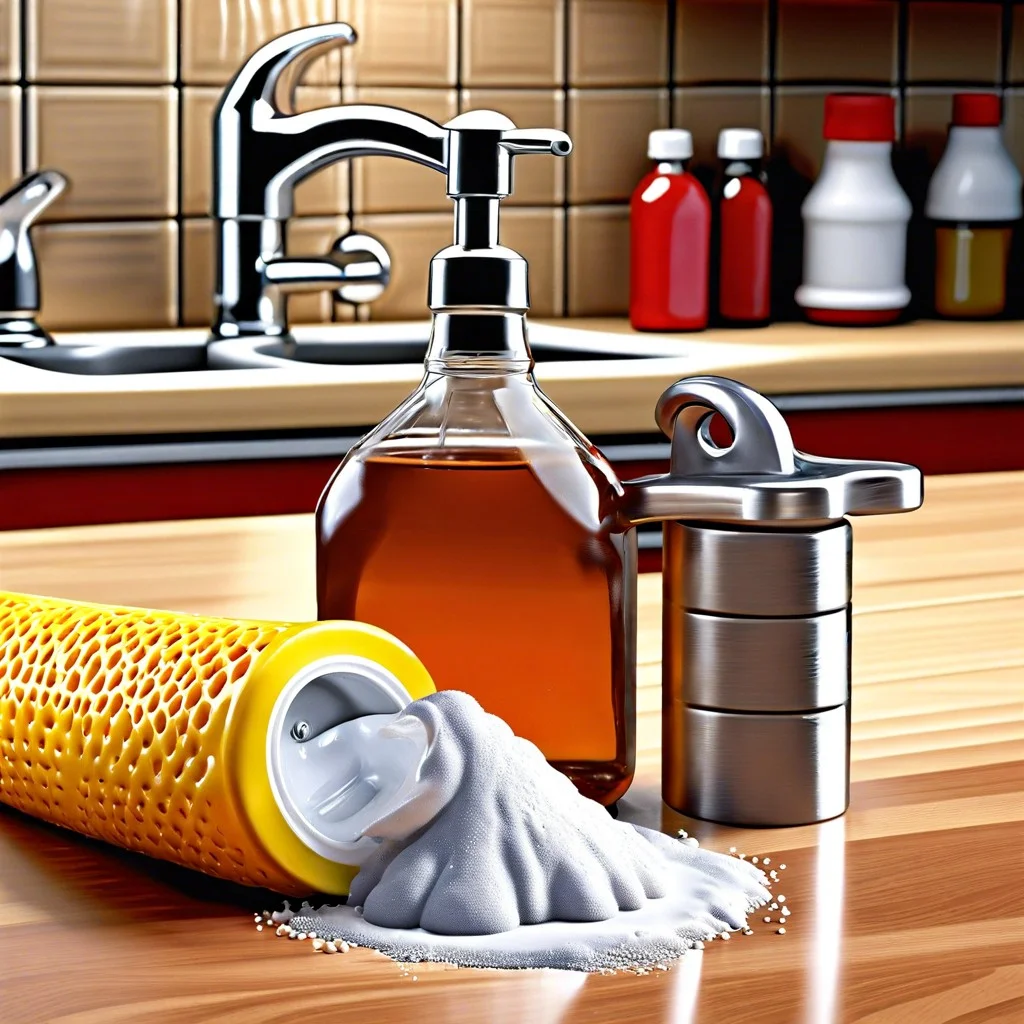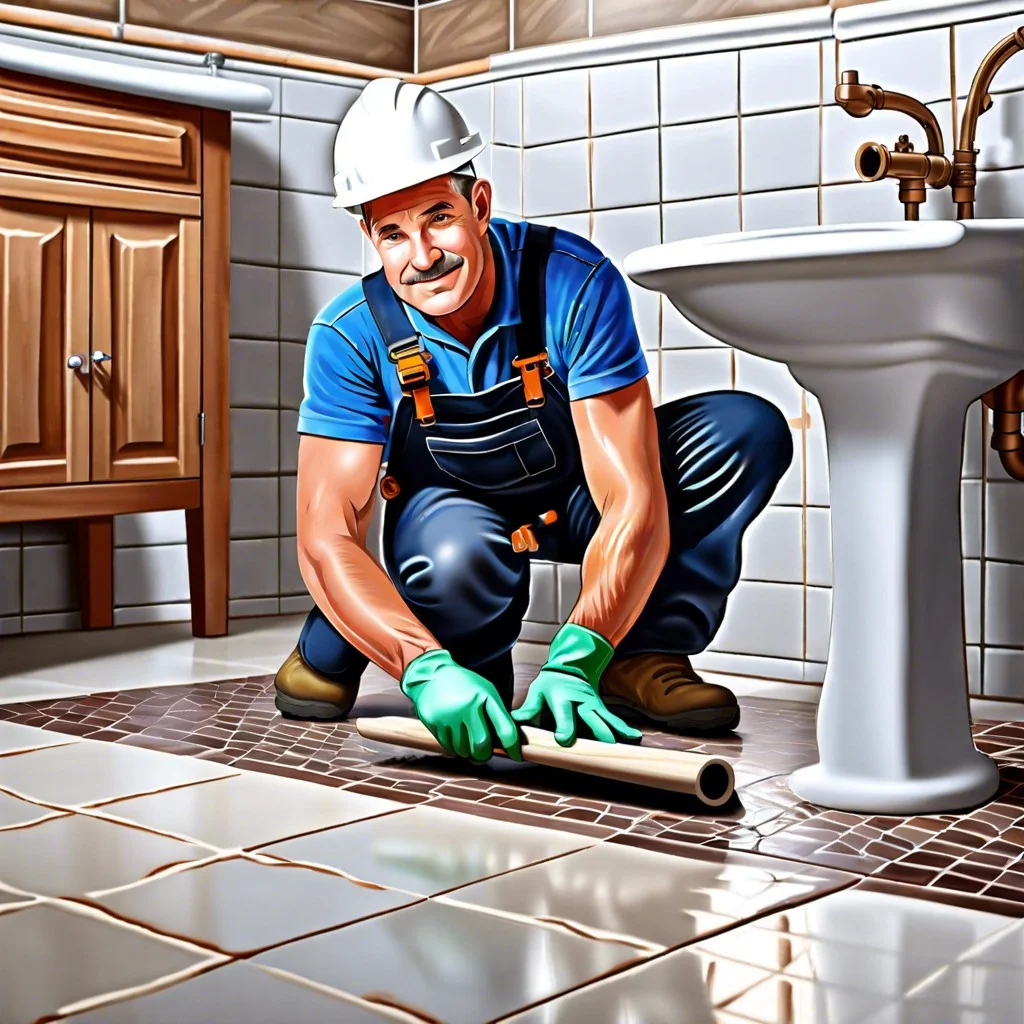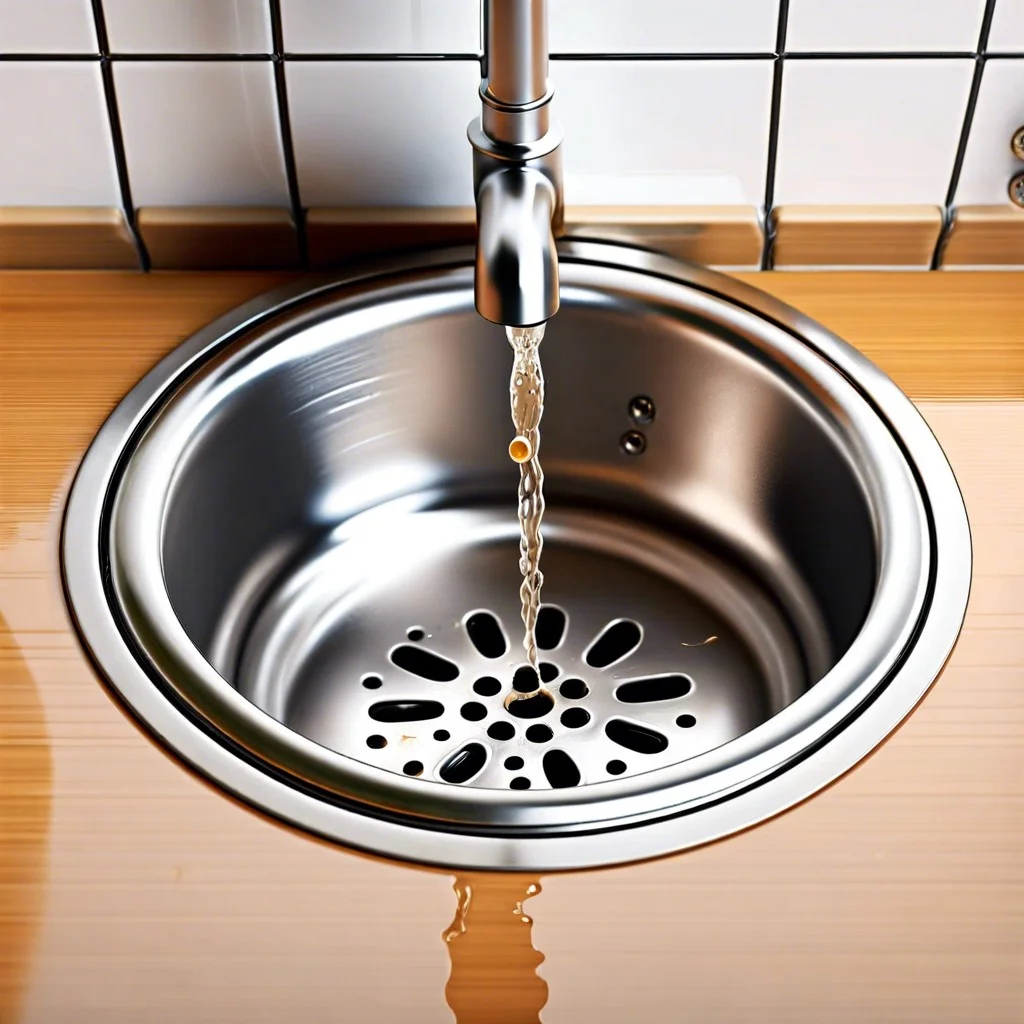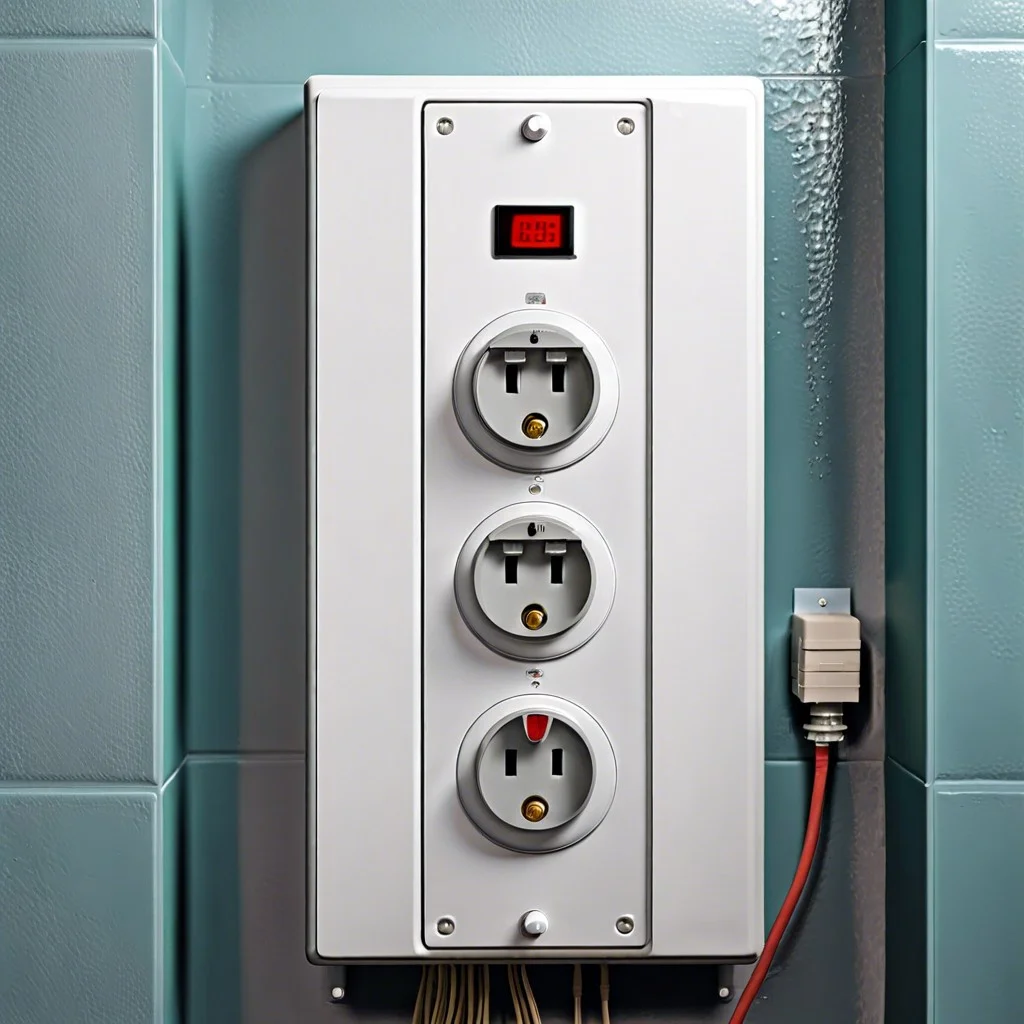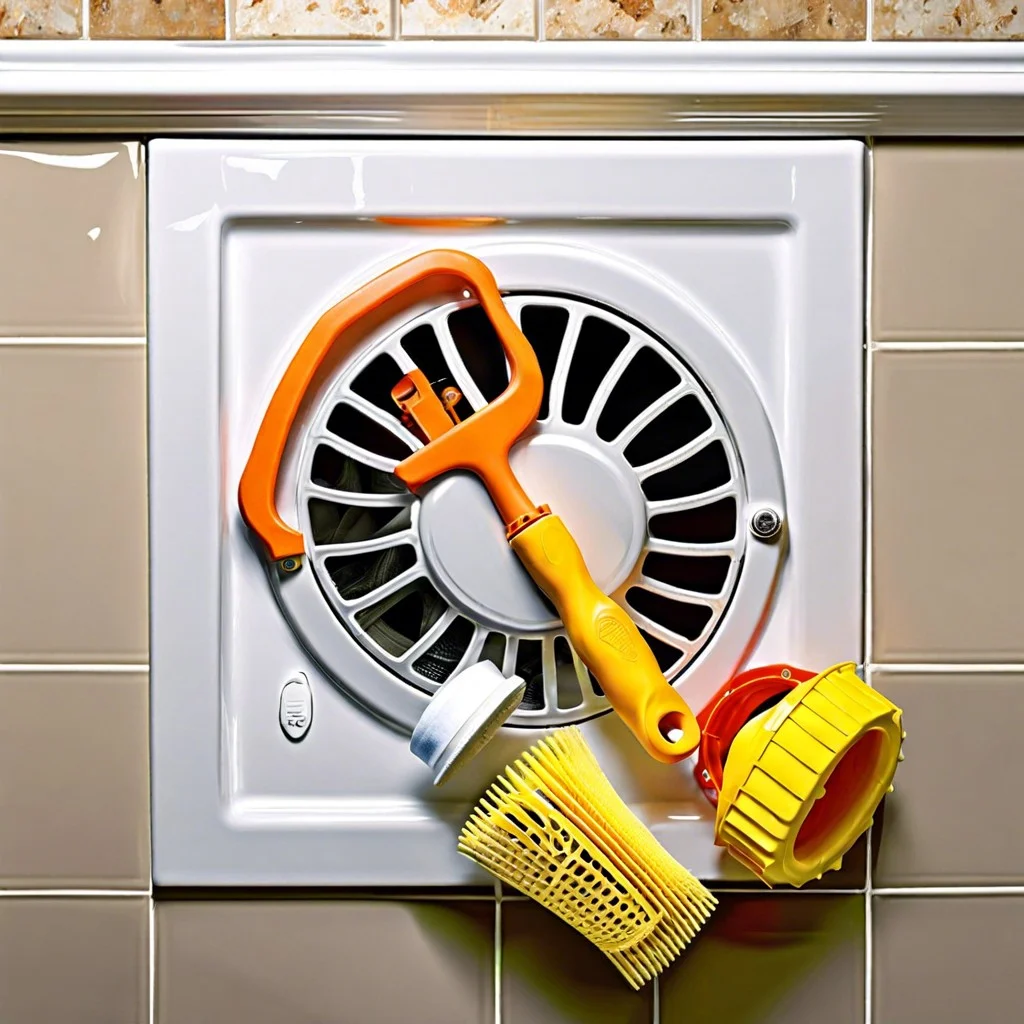Last updated on
Learn straightforward methods to unlock a bathroom door in the event of a jam or accidental lock-in.
Key takeaways:
- Possess a privacy key for quick access.
- Use a small flathead screwdriver for simple locks.
- Open a bedroom door with a piece of plastic.
- Consider calling a locksmith as a last resort.
What Type of Lock Is On a Bathroom/Bedroom Door – the “Privacy Lock”
Understanding the mechanics of the privacy lock is crucial before attempting any form of unlocking. Typically, these locks are designed for interior use, prioritizing ease of access over high security. The lock is generally engaged by pushing a button or turning a thumb turn on the inside and can often be unlocked from the outside for safety reasons. This is done through a small hole or slot on the exterior, intended for emergency entry. Recognizing this design means that unlocking such a door doesn’t demand locksmith expertise but can be executed with simple tools and techniques. Being familiar with the function of the privacy lock can save time and frustration when accidentally locked out of a bathroom or bedroom.
Unlock the Bedroom Door Using the Privacy Key
Possessing a privacy key, typically provided with your door hardware, is the most straightforward approach to regain access. It looks like a small, flat tool rather than a traditional key.
Here’s how to use it:
- 1. Locate the keyhole on the outside doorknob.
- 2. Align the privacy key with the keyhole, ensuring it’s the correct size.
- 3. Gently insert the key until it won’t go any further.
- 4. Apply light pressure while turning the key. You’ll feel the lock disengage.
Remember, the goal is not to force the lock but to actuate the locking mechanism gently. If the privacy key seems ineffective, verify that it’s the correct tool for your specific door hardware.
Use a Small Flathead Screwdriver to Open the Bathroom Door
An often-overlooked tool in your DIY arsenal, the small flathead screwdriver, comes to the rescue when you’re faced with a locked bathroom door. Here’s why this method is as efficient as it is ingenious:
1. Simplicity and Accessibility: Unlike specialized lock-picking tools, a flathead screwdriver is a common household item easily found in most basic tool kits.
2. Versatility: Its size allows it to fit into the small hole on the doorknob where it can engage the locking mechanism.
3. Control: A flathead provides enough grip and torque to manipulate locks without excessive force, which could damage the door.
4. Gentle on your door: Using a screwdriver is less invasive than other methods, meaning less risk to the door’s integrity and aesthetics.
5. How it works: Insert the tip into the slot of the outside door knob. Apply gentle pressure and rotate the screwdriver until you feel the lock click, signaling that it’s disengaged.
6. Precaution: Be mindful to apply force slowly to avoid bending the lock mechanism.
Keep in mind, this method is best reserved for simple privacy locks and not for doors with deadbolts or more complex locking systems.
Open a Bedroom Door With a Piece of Plastic
Slipping a piece of plastic to navigate a bedroom lock might seem like a trick best left to the movies, but it’s a surprisingly practical tactic for disengaging simple door mechanisms.
Choose a Plastic Card: It should be flexible enough to bend around the door frame, yet sturdy enough to push the latch back. A loyalty card or plastic ID card works well, but avoid using credit cards to prevent damage.
Insert the Card: Slide it between the door frame and the lock at a downward angle, aiming above where the latch is housed.
Tilt and Wiggle: Apply gentle pressure while angling the card towards the doorknob to dislodge the latch.
Push and Open: Once the latch is pushed back, use your other hand to turn the door handle simultaneously. With a little finesse, the door should swing open.
Remember, this method respects the integrity of the lock and is ideal for simple privacy locks commonly found on bedroom doors.
Call a Locksmith
When your efforts to unlock the door have been exhausted, it’s time to consider calling a professional. A locksmith’s expertise can ensure your door is opened without any damage to the lock or door itself. They come equipped with specialized tools and the knowledge to manipulate locks safely.
Additionally, they can provide you with new keys or even upgrade your lock system on the spot if necessary. Seeking professional help might be an investment, but it’s often the quickest and most reliable solution when you’re locked out of a bathroom or bedroom. Remember, time is money, and a locksmith can save you both by resolving the issue efficiently.
Recap
